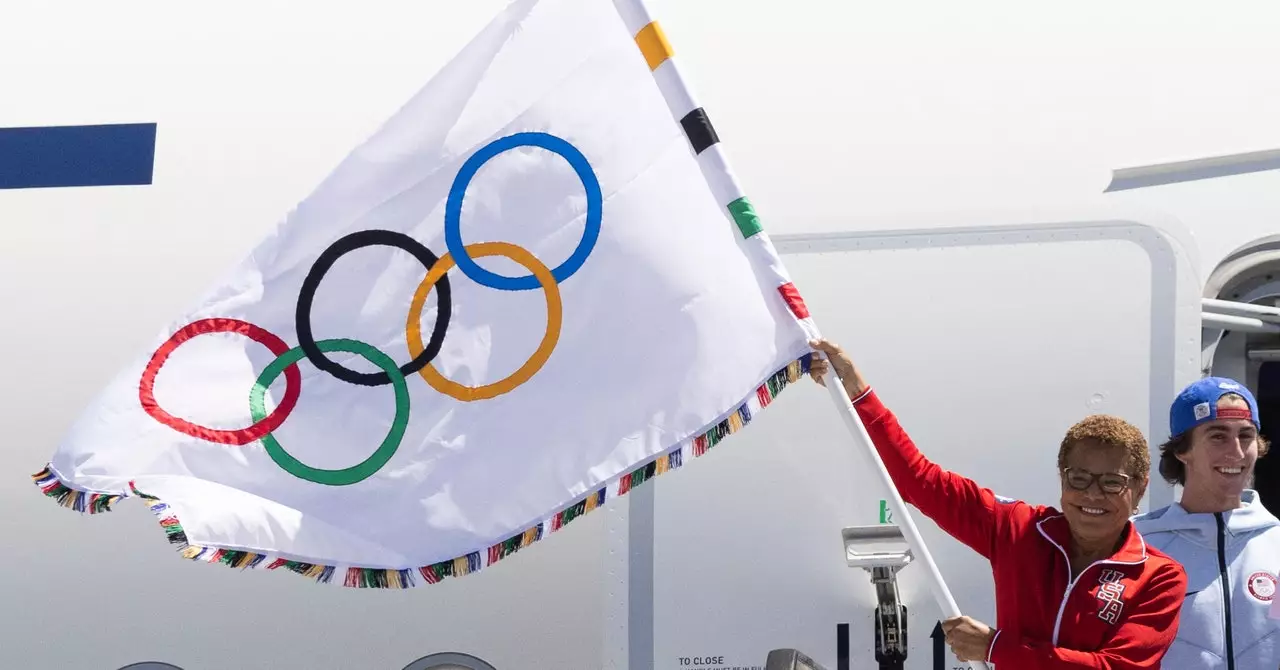Los Angeles has long been known for its iconic traffic jams, with commuters facing the choice of either driving or taking a public bus to navigate the city. With the advent of powerful social forces in the mid-1940s, LA became increasingly congested, with reports of people resorting to storing household items in their cars to deal with the gridlock. Movies such as Falling Down and Clueless have highlighted the unique challenges of driving in LA, showcasing the struggles faced by residents on a daily basis.
When Los Angeles hosted the Summer Games in 1984, traffic was a major concern. However, organizers managed to smoothly run the event by implementing strategies such as encouraging over one million people to use buses and scheduling truck deliveries during off-peak hours. Fast forward to the upcoming 2028 Olympics, the city is faced with the challenge of accommodating 50 percent more athletes, along with additional coaches, family members, and spectators. Merely relying on outdated plans from four decades ago will not suffice this time around.
In response to the growing need for alternative transportation options, Los Angeles has been gradually rebuilding its public transportation system. In addition to traditional buses, the city now boasts four light-rail lines and two subways, following the routes of the electric trolleys of the past. This massive infrastructure overhaul comes at a significant cost to taxpayers, as the entire old system had to be dismantled and rebuilt from scratch.
To prepare for the influx of visitors and athletes during the 2028 Olympics, several key improvements are in the works. The airport terminals will be seamlessly connected to the rail system, facilitating easy access for travelers. The organizing committee is also banking heavily on utilizing buses to transport people, with plans to repurpose lanes and dedicate them to 3,000 additional buses borrowed from other areas. Furthermore, efforts are underway to expand the city’s network of bicycle lanes, encouraging eco-friendly modes of transportation.
While organizers are confident in pulling off a car-free Olympics by making driving conditions unbearable during the Games, the long-term sustainability of this shift remains uncertain. It is likely that post-Olympics, Los Angeles will revert back to its car-centric ways, underscoring the challenges of changing entrenched transportation habits in a sprawling metropolis. As the city continues to evolve, the success of the 2028 Olympics will serve as a benchmark for the future of transportation in Los Angeles.


Leave a Reply